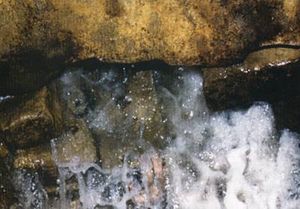Template:Pictorial-Islam-options: Difference between revisions
| [checked revision] | [checked revision] |
mNo edit summary |
mNo edit summary |
||
| Line 1: | Line 1: | ||
<noinclude>Also see: [[Template:Pictorial-Islam]]</noinclude><!-- HELP NOTES: Each option tag handles one random story --><choose> | <noinclude>Also see: [[Template:Pictorial-Islam]]</noinclude><!-- HELP NOTES: Each option tag handles one random story --><choose> | ||
<option weight="1">{{Pictorial-Islam|1=Qur'an Predicted Black Holes And Pulsars|2=[[File:Pulsars.jpg|240px|link=Quran Predicted Black Holes And Pulsars]]|3=This article analyzes two separate claims made by Harun Yahya concerning black holes and pulsars. | |||
The analysis shows the claim that the Qur'an predicted the modern understanding of Black Holes is not backed by the scientific evidence, and the claim that the Qur'an predicted the modern understanding of pulsars is conjectural and not supported by the scientific evidence. | |||
It has also shown Harun Yahya’s self-contradiction as he used the same Qur'anic verse to ‘prove’ both the black hole and the pulsar. Since a black hole cannot possibly also be a pulsar, it appears that Harun Yahya has refuted himself. ([[Quran Predicted Black Holes And Pulsars|''read more'']])}}</option> | |||
Revision as of 22:07, 31 January 2014
Also see: Template:Pictorial-Islam
|
